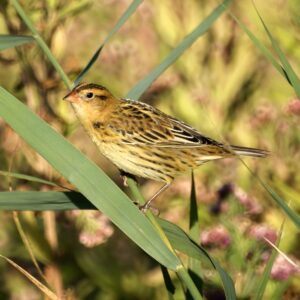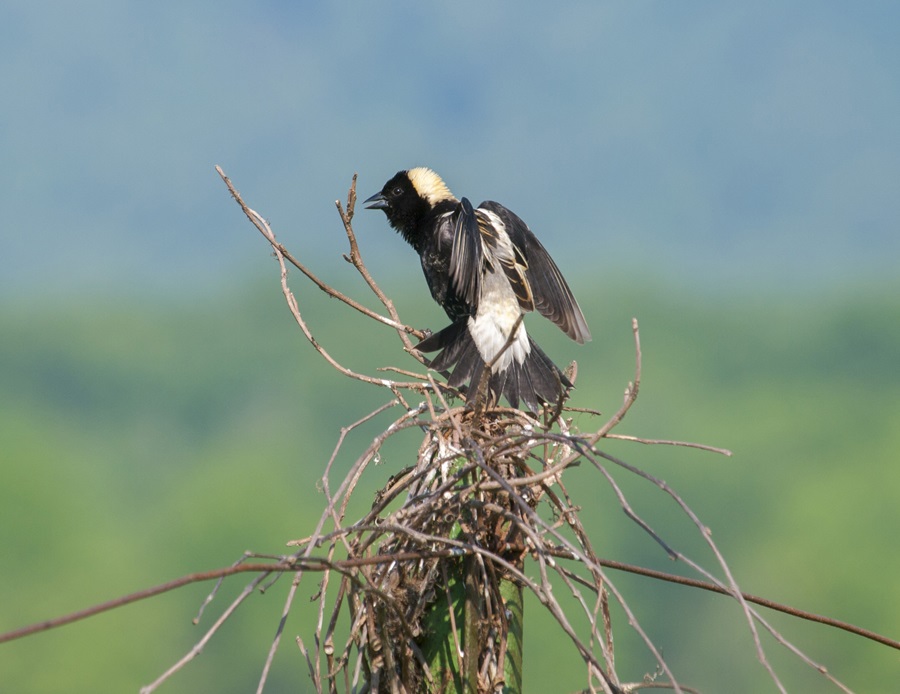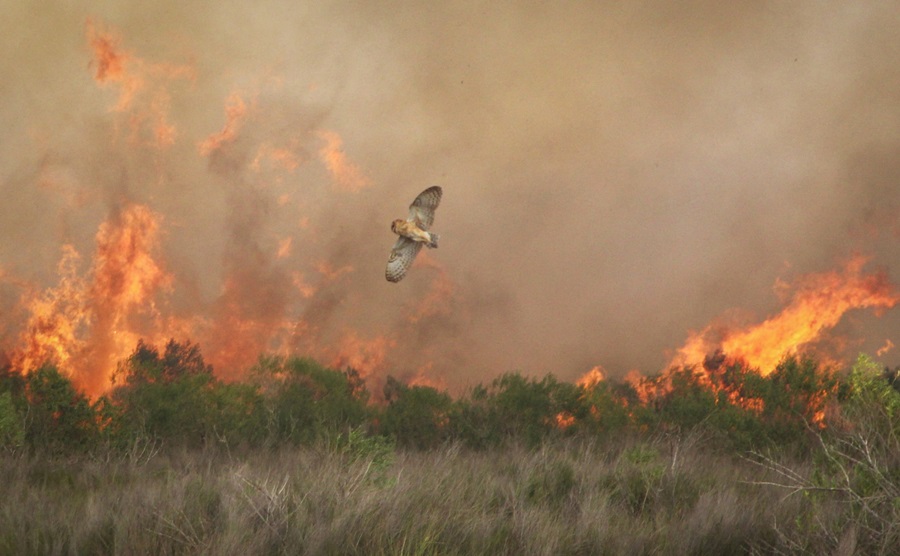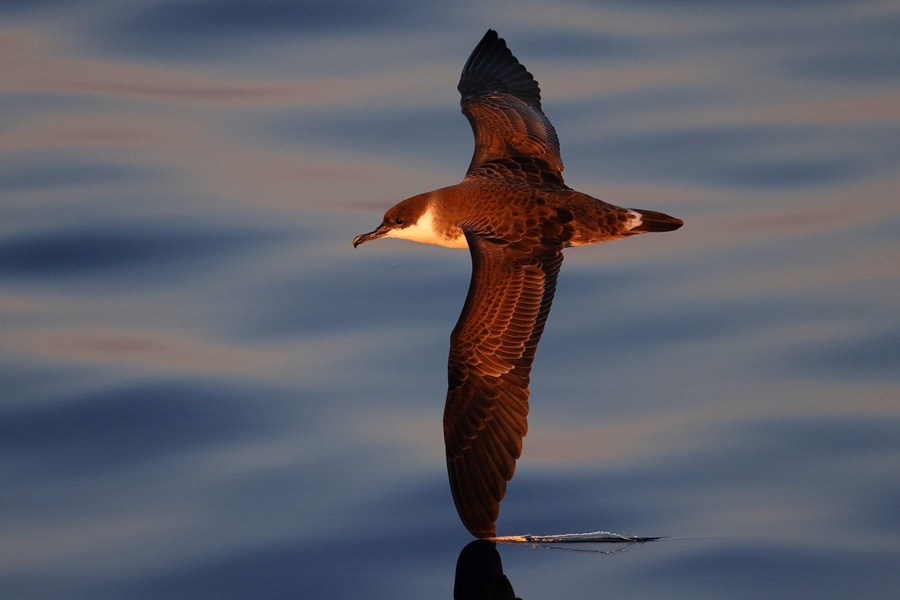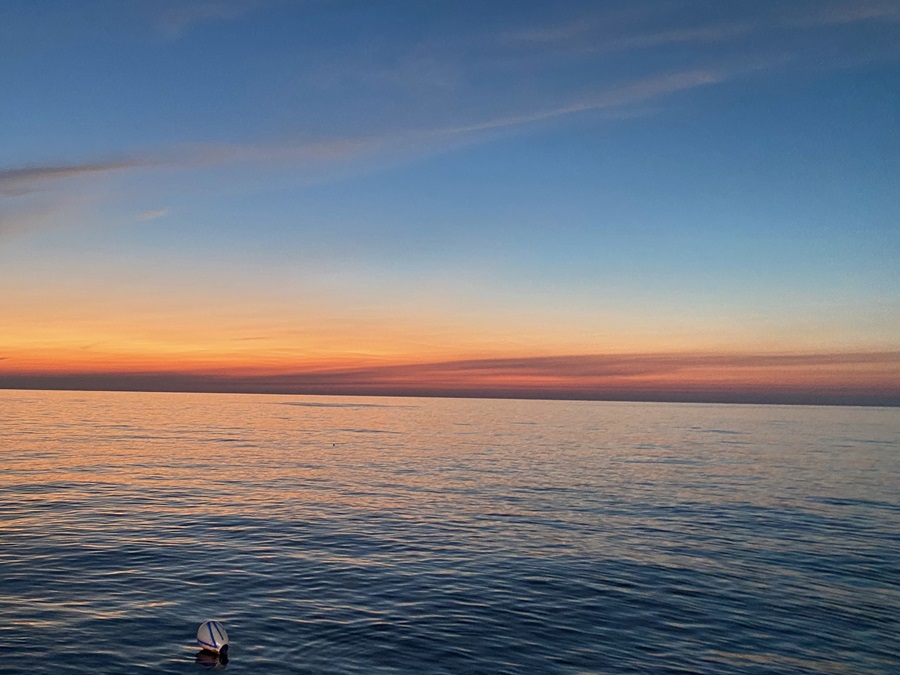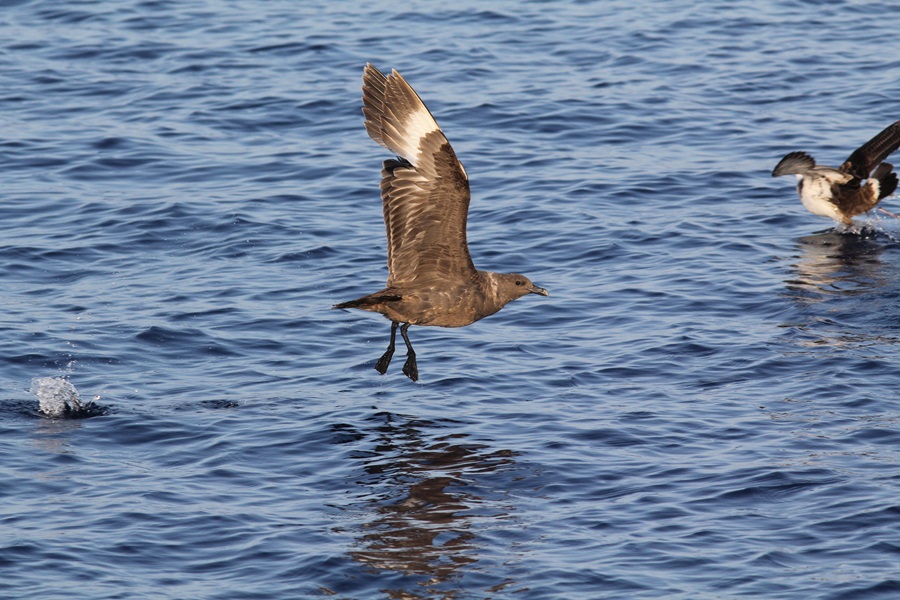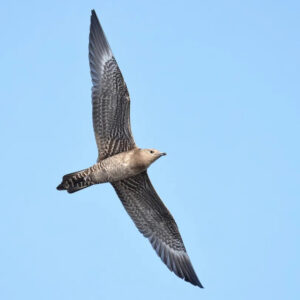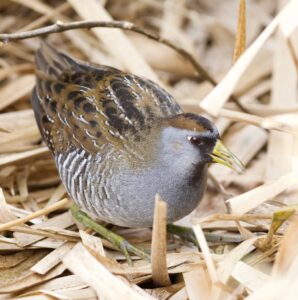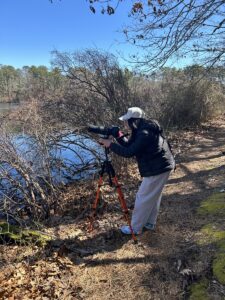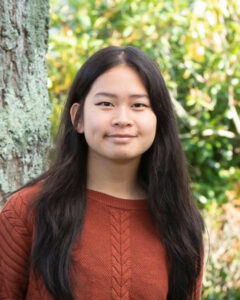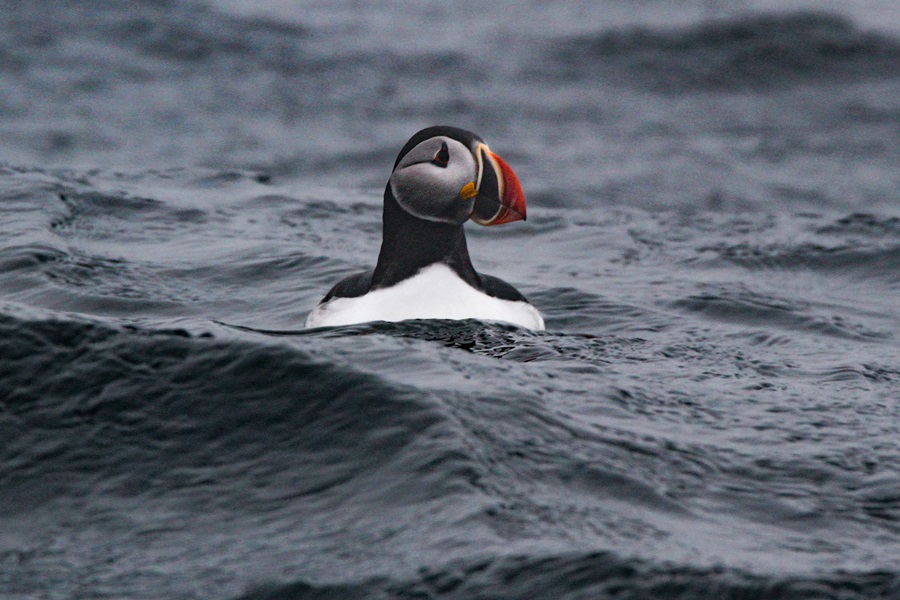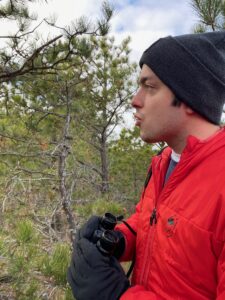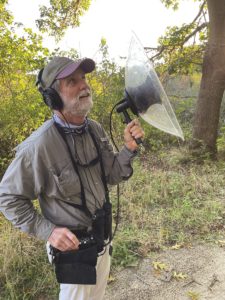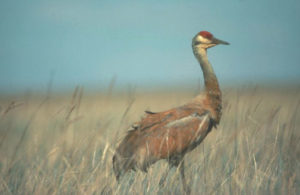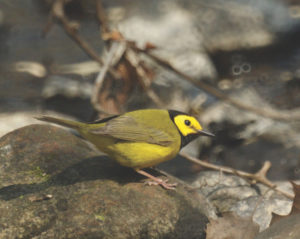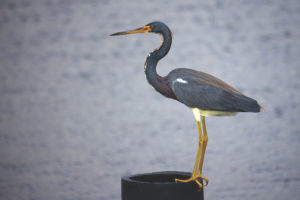A couple of weeks ago, I felt a chill in the air, and I knew it was time. I drove to Orleans, purchased a 40-pound sack of sunflower seeds, and returned home to assemble my bird-feeding station.
I started feeding birds before I could ride a bike or tie my shoes. When I felt the first inklings of a fascination with birds at age six, my parents dug out a green metal hopper feeder that had been languishing in our basement, filled it with hardware-store seed mix, and hung it in our back yard. It didn’t take long for the birds to find it. I spent many afternoons watching chickadees and house finches squabble on the feeder while juncos and sparrows scratched the ground below.
Their gathering seemed like something of a miracle to me. I didn’t have my own binoculars yet, so it was hard to get a good look at the birds I heard in the bushes and treetops. But with a feeder, they came right into the open, and I could watch to my heart’s content. Now and then, a rare or unusual species would pay a visit to our yard.
I still feel the same kind of wonder when I set up my bird-feeding station in Wellfleet.
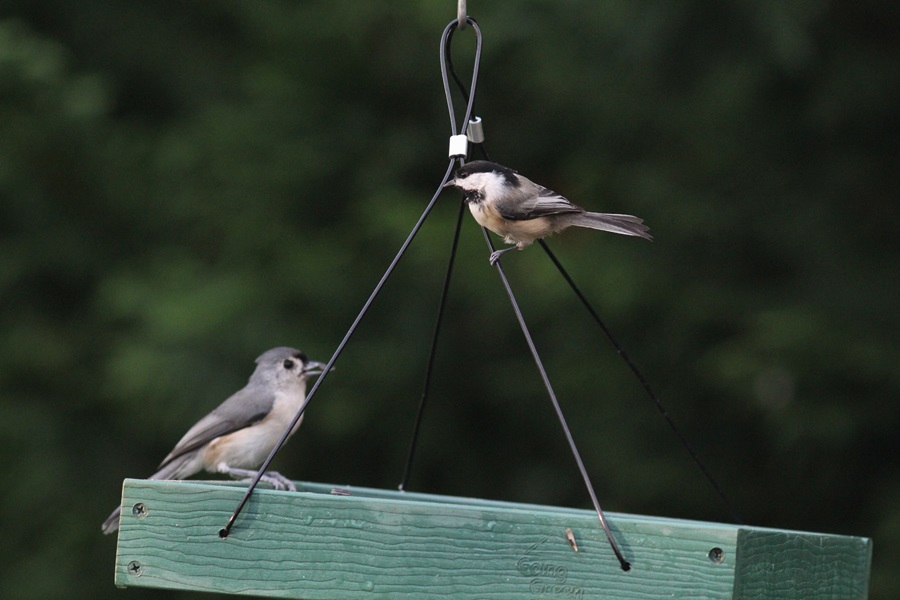
Every morning from fall through spring, I eat breakfast in front of the feeder. The list of birds that I’ve seen there in just the last year has grown to over 30. I’ve seen a red-bellied woodpecker tackle a blue jay, flocks of a dozen chickadees gang up on the feeder at once, and a lingering orange-crowned warbler survive the winter by eating suet cakes — a mix of seed and animal fat.
For some birds that end up wintering farther north than they’re used to, like that warbler, feeders can be an essential source of food. Studies have shown that bird feeding has significant effects on bird behavior. Some have even argued that part of the reason that southern species like Carolina wrens, northern cardinals, and tufted titmice have colonized the Northeast is because of the 20th-century rise in bird-feeding. The other part, of course, is climate change.
It seems clear enough that birds have learned to recognize feeders as a reliable food source. When I set my feeders up for this fall — I take them down during the summer, when birds focus more of their energy on finding bugs to feed their growing young — it took all of 20 seconds for a pair of chickadees to start chirping in the hedges. Another 10 seconds went by and they had flown to the feeder to check it out before I had even put seed in it.
I don’t know if these chickadees were the same ones that visited my bird feeder last spring or if chickadees in general have simply learned to recognize bird feeder-shaped things. Either way seems amazing to me.

There’s something innate in us, I believe, that drives us to feed birds. This reason transcends time. Thoreau tossed corn to chickadees and blue jays in Walden. Ancient Egyptians cultivated fields and set them aside for sacred ibis to feed on. The Vedas, the most ancient Hindu scriptures, advise orthodox Hindus to feed rice cakes to birds as well as to “dogs, insects, wandering outcasts, and beings of the invisible worlds.”
According to The Birds at My Table, a history of bird-feeding by Darryl Jones, the Vedas are the earliest written record of people feeding wild birds. The Vedas were written around 2,500 years ago, which makes bird feeding at least as old as glass or rubber and significantly older than physical money.
I like to imagine that the millions of people across the U.S. who feed birds today are following that tradition. In doing so, they are making birds accessible in a way they rarely are otherwise.
The thing about birding is that it’s just not for everyone. Birds are most active during the early mornings. They can be hard to tell apart. They tend to hang out in places that are full of bugs, or cold winds, or marsh stink. If you set out with the goal of finding a specific bird, more often than not, you’ll be disappointed.
But I think you’d be hard-pressed to find someone who doesn’t enjoy watching the birds at a bird feeder. So, by all means, hang yours now, be it a massive feeder array or a milk carton-crafted job you made with your kids. The birds will come — just as long as you add seeds.

